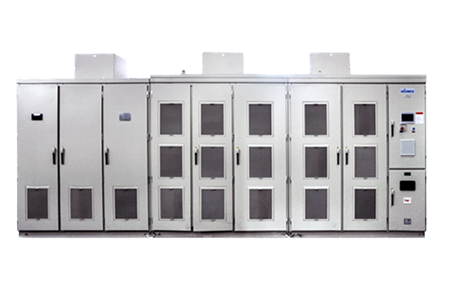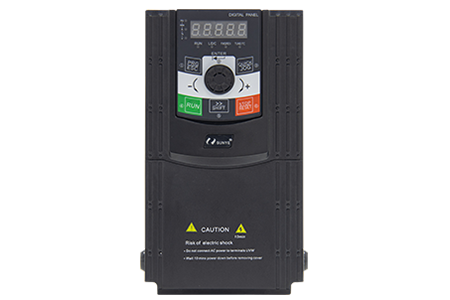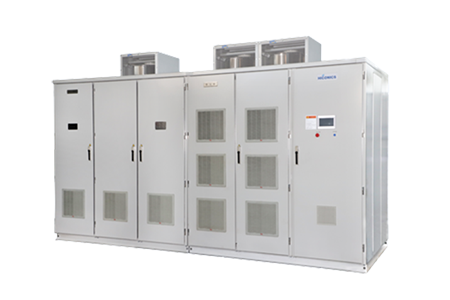In the world of metallurgy, efficiency and precision are key factors in ensuring the success of manufacturing processes. Variable voltage variable frequency (VVVF) drives have emerged as a game-changing technology in the industry, offering a range of benefits for metallurgical applications. From controlling the speed and torque of motors to minimizing energy consumption, VVVF drives play a vital role in optimizing operations in metallurgical plants.
Variable voltage variable frequency drives, also known as VVVF drives or VFDs, are electronic devices that control the speed and torque of electric motors by varying the frequency and voltage of the power supplied to the motor. By adjusting these parameters, variable voltage variable frequency drives allow for precise control over motor speed, resulting in improved efficiency and performance. In metallurgical applications, where the demand for precision and consistency is high, VVVF drives offer a reliable solution for driving motors and other equipment.
One of the key advantages of using variable voltage variable frequency drive in metallurgy is their ability to enhance energy efficiency. By adjusting the frequency and voltage of the power supplied to motors based on the load requirements, VVVF drives can reduce energy consumption and operating costs. This not only leads to cost savings for metallurgical plants but also helps to reduce their carbon footprint and environmental impact.
Another benefit of VVVF drives in metallurgy is their ability to improve process control and reliability. By providing precise control over motor speed and torque, variable voltage variable frequency drives help to ensure consistent and accurate performance in metallurgical processes. This is especially important in applications where the quality of the final product is dependent on precise control over manufacturing conditions.
VVVF drives are widely used in a variety of metallurgical applications, including rolling mills, extruders, and furnaces. In rolling mills, variable voltage variable frequency drives are used to control the speed and torque of the motors driving the rolling process, allowing for precise control over the thickness and quality of the final product. In extruders, VVVF drives help to control the speed of the motor driving the extrusion process, ensuring consistent and reliable production. In furnaces, VVVF drives are used to control the temperature and atmosphere inside the furnace, resulting in efficient and controlled heating processes.
As technological advancements continue to improve the performance and capabilities of VVVF drives, we can expect to see further integration of this technology into metallurgical applications. The development of advanced control algorithms, improved communication interfaces, and enhanced motor and drive technologies will enable VVVF drives to offer even greater benefits for metallurgical plants in the future. From increasing process efficiency to reducing energy consumption, VVVF drives will play a crucial role in the continued evolution of the metallurgy industry.
In conclusion, variable voltage variable frequency drives are a valuable technology for metallurgical applications, offering a range of benefits for improving efficiency, reliability, and control in manufacturing processes. As the industry continues to evolve, the integration of VVVF drives will become increasingly important for optimizing operations and meeting the demands of modern metallurgical production.


